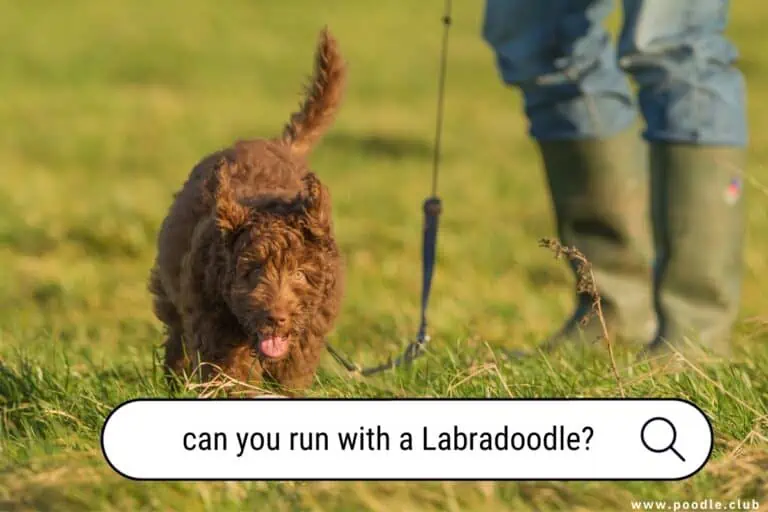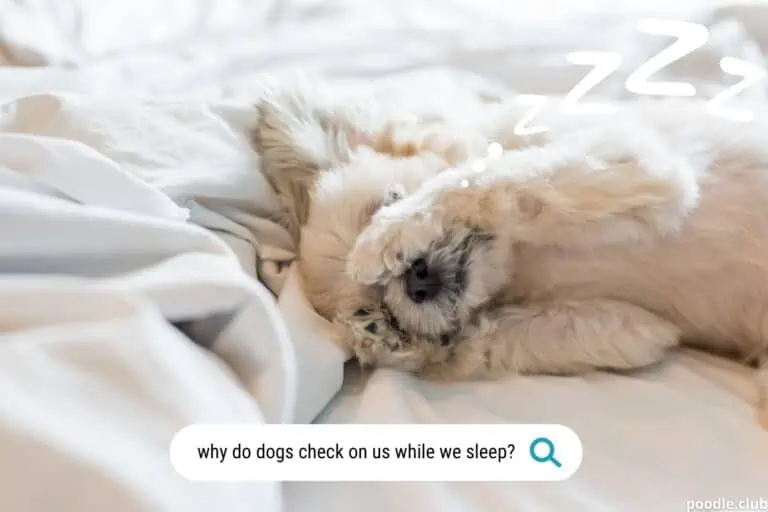Why Don’t Dogs Like High Vis: Unveiling Canine Discomfort
Ever noticed your furry best friend reacting oddly to high visibility clothing? Do the neon hues of construction workers, cyclists, or pedestrians turn your pooch into a perplexed pup? You’re not alone in this conundrum. Let’s unravel the mystery together.
First off, we’ll delve into how your dog perceives the world. Does the dazzling contrast between the neon shades and their natural environment bewilder them? Since dogs see colors differently than we do, we’ll explore how these bright uniforms might be a sensory overload.
Next, we’ll ponder the role of reflective materials in high visibility clothing. How do they affect our four-legged friends? Could they cause disorientation and unease? We’ll examine how the play of light from these materials could trigger apprehension in dogs.
Last, we’ll arm you with knowledge for your future neon adventures. Your dog isn’t acting out, but merely attempting to comprehend the kaleidoscopic world we live in. By the end of this blog, you’ll be equipped to empathize with your dog’s viewpoint, reducing the neon-induced stress for both of you.
Understanding Dog Vision

Color Perception
Dogs’ vision differs from humans in various ways, particularly in color perception. While humans have trichromatic vision, allowing them to see a wide range of colors, dogs possess dichromatic vision, limiting their color perception to the blue and yellow spectrum. So, the next time you throw a red ball on the green grass for your dog, remember that it may not be as easy for them to spot as it is for you!
Shades of Gray
In addition to their unique color perception, dogs also see fewer shades of gray compared to humans. This distinction results from the distribution of cones and rods in their retinas. Although dogs may not enjoy the nuances of a black-and-white film as much as you do, their other visual abilities, like motion detection and peripheral vision, more than make up for it.
Cones and Rods
The key to understanding dog vision lies in the cones and rods found in their retinas. Cones are responsible for color perception, while rods help with low-light vision and detecting motion. Humans have three types of cones, allowing for trichromatic vision, whereas dogs only have two types, leading to their dichromatic vision.
PuppySpot is a reputable dog marketplace where you can browse and find compatible puppies right from the comfort of your home. They have placed over 200,000 puppies into homes in the US!
On the other hand, dogs have more rods in their retinas compared to humans, enabling them to excel in low-light conditions and detect even the slightest movement. So, while your dog may not be able to appreciate your colorful artwork, they’ll surely be the first to notice when a squirrel dashes across the yard!
High Visibility and Dogs
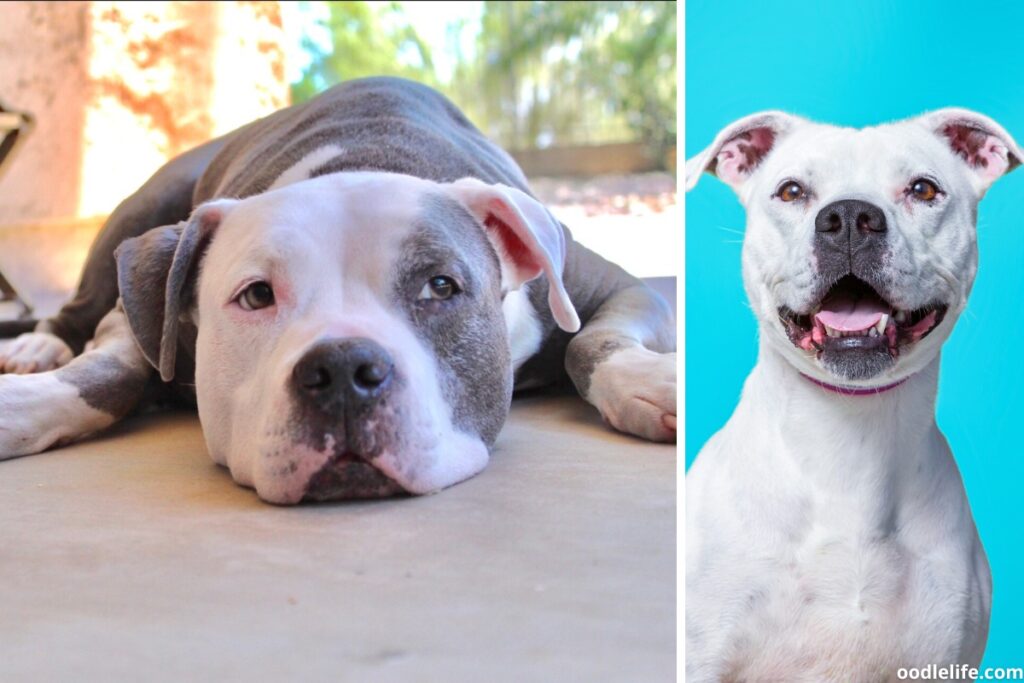
Impact on Dog Behavior
Dogs’ perception of high visibility items, such as jackets and coats, can be quite different from ours. While humans appreciate the safety aspect of high visibility clothing, dogs may find the bright colors and contrasts confusing. Their vision is more sensitive to brightness variations than to colors, which is why they might react strangely when encountering high visibility gear (How Dogs Think: Understanding the Canine Mind).
A dog’s reaction to high visibility items can be unpredictable, with some appearing more friendly and others becoming more fearful or aggressive. One possible explanation is that the brightness and contrast of high visibility clothing can alter a dog’s perception of an approaching human’s body posture and movement, leading to anxiety and uncertainty.
Fear of High Visibility Items
While high visibility is intended to provide safety for humans, it might unintentionally elicit fear in dogs. Our furry friends can be sensitive to unfamiliar and unusual stimuli, and high visibility clothing might fall into that category for them.
A dog that has never encountered high visibility clothing before might feel alarmed by the stark contrast in colors and brightness. This could lead to them becoming more timid or even defensive when faced with a person wearing such attire. It is important to remember that just like humans, dogs have varied personalities and experiences, so each dog’s reaction may differ.
To help your canine companion become more accustomed to high visibility items, gradually introduce them to such attire, whether it’s a jacket, coat, or other accessory. Use positive reinforcement, such as praise and treats, to encourage your dog in their interaction with high visibility gear, making it a comfortable and familiar experience for them.
By understanding the impact high visibility has on dogs and by patiently introducing them to these items, pet owners can help ensure their furry friends feel more secure and comfortable when encountering people in high visibility clothing.
Helping Your Dog Adjust to High Vis
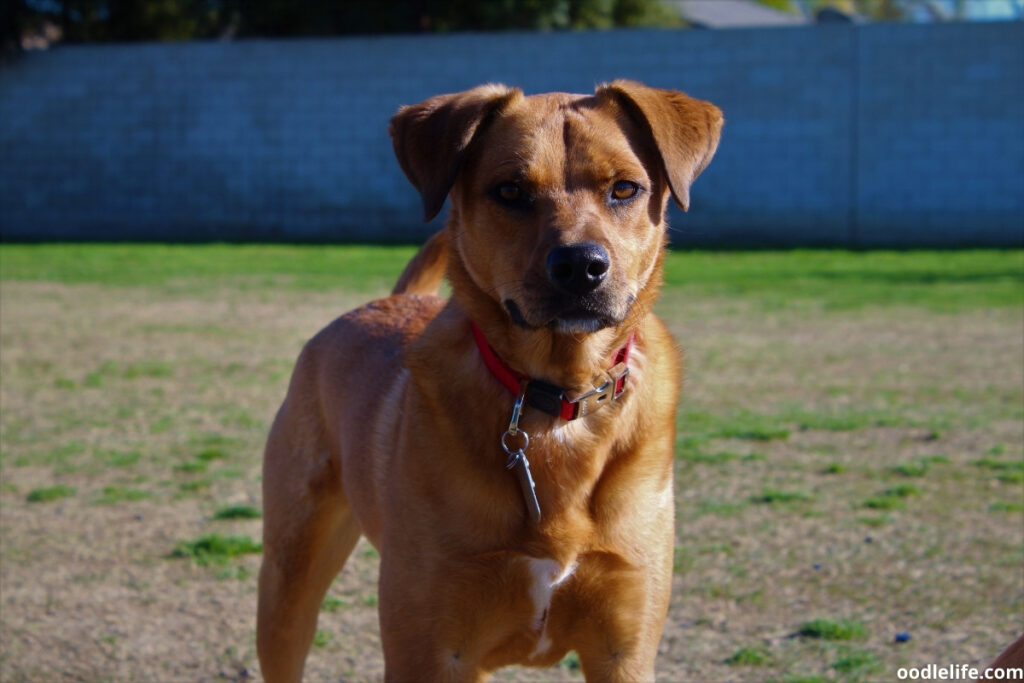
Proper Obedience Training
When it comes to helping your dog adjust to high visibility gear, obedience training plays a crucial role. It is essential to teach your dog basic commands such as sit, stay, and come.
This training will help your dog understand what is expected of them when they encounter high visibility objects or clothing. A well-trained dog will be more confident in such situations, and more likely to trust you, their owner. Remember, consistency is key when training your furry friend.
Positive Reinforcement
To make the process easier for your dog, use positive reinforcement techniques. In other words, praise your dog and offer treats when they display good behavior around high visibility materials.
This approach will create a positive association between the high vis items and the rewards your dog receives. Over time, your dog will learn not to fear these objects, but rather associate them with pleasant experiences and tasty treats.
Example:
- Place a high vis item on the floor.
- Encourage your dog to approach and investigate.
- Reward with praise and treats when they remain calm near the item.
Through repetition and consistency, your dog will eventually become more comfortable around high vis materials.
Gradual Exposure
Gradually exposing your dog to high visibility items is another effective strategy. Start by introducing the high vis object or clothing from a distance, and then slowly increase the proximity over time. This allows your dog to adjust at their own pace, reducing the likelihood of fear and anxiety.
For instance, you might try wearing a high vis vest during your daily walks. Initially, keep the vest at arm’s length away from your dog, and then shorten the distance over a few days or weeks, depending on your dog’s comfort level.
In summary, helping your dog adjust to high visibility items is achievable through proper obedience training, positive reinforcement, and gradual exposure. By following these techniques, you will create a strong bond between you and your canine companion, ensuring their comfort and safety in a world full of high vis materials.
Protecting Your Dog on Walks
Taking your dog for a walk should be a fun and safe experience for both of you. However, some dogs may not like wearing high-visibility gear such as jackets or coats. In this section, we’ll explore some alternative high-visibility products and safety measures you can consider to ensure your dog’s safety during walks.
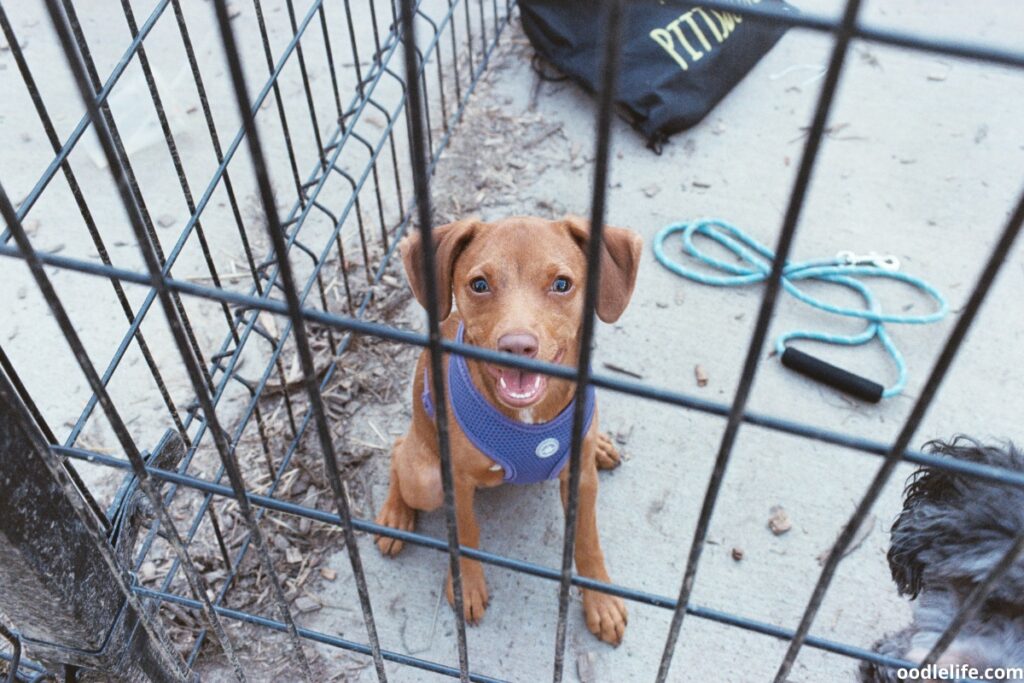
Alternative High Visibility Products
If your dog isn’t a fan of high-visibility jackets, there are other options that can still keep them safe and visible. These include:
- LED Collars and Leashes: These products incorporate LED lights which can make your dog easily visible to drivers, cyclists, and pedestrians during low-light conditions.
- Reflective Toys: Some toys, such as balls and frisbees, are made with reflective material. While enjoying playtime on your walk, these toys can also serve as a source of visibility.
- Blue Clothing: Although not as bright as a high-visibility jacket, choosing blue clothing for your dog can still help them stand out against the environment and be seen by others.
Safety Measures to Consider
In addition to using alternative visibility products, there are other actions you can take to ensure your dog’s safety while on walks:
- Carry a Torch: A handheld torch can be useful for both illuminating your path and attracting the attention of oncoming traffic.
- Stick to Well-lit Areas: Plan your route in advance and choose well-lit areas to reduce the risk of accidents.
- Teach Commands: Make sure your dog knows basic obedience commands, such as “stop” or “wait,” to ensure they’ll respond appropriately in potentially dangerous situations.
- Supervise at All Times: Keep an eye on your dog throughout the walk, making sure they don’t venture into traffic or other hazardous areas.
Remember, while high-visibility gear may not suit every dog, there are plenty of alternatives and safety measures available to keep your furry friend protected on walks. By being proactive and thinking creatively, you can ensure both you and your dog enjoy stress-free, safe strolls.
Seeking Professional Guidance
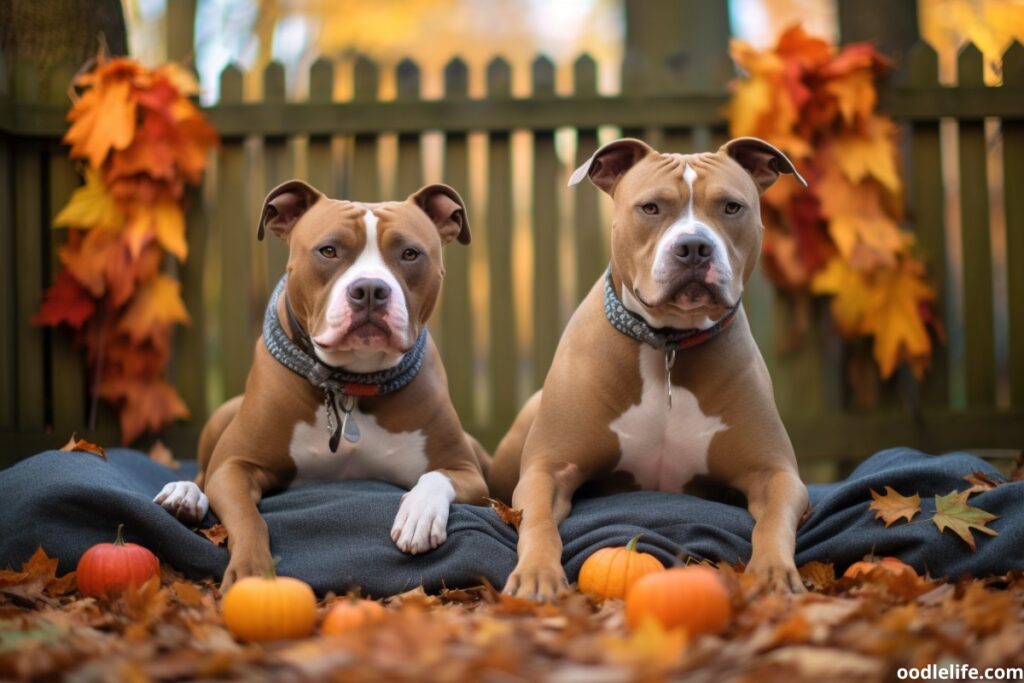
For many dog owners, it can be puzzling when their beloved pets exhibit an aversion to high-visibility clothing or objects. This curious behavior may leave them seeking professional guidance to better understand and address the issue.
With a wealth of knowledge and experience under their belts, professional dog trainers, behaviorists, and even veterinarians can offer valuable advice in situations like these. Consulting an expert not only provides peace of mind but can also reveal insights into a dog’s behavior that may otherwise go unnoticed.
For instance, a trainer could explain that some dogs may perceive high-visibility garments as unusual or threatening due to their bright colors and reflective properties. They might even share a light-hearted story about a dog that barked incessantly at a traffic cone, only to befriend it minutes later. Professional advice, sprinkled with a touch of humor, can make the process of understanding a dog’s behavior much more enjoyable.
Another aspect to consider is that dogs, much like humans, have their own unique personalities and preferences. What may terrify one dog could be completely ignored by another. Professionals can help identify the root of the issue, whether it stems from a dog’s previous experiences, breed-specific traits, or even an underlying health problem.
In some cases, a simple solution might be suggested, like gradually desensitizing the dog to high-visibility items through positive reinforcement. Yet, in other situations, the expert may recommend a more tailored approach based on the individual dog’s needs.
All in all, seeking professional guidance when confronted with a dog’s aversion to high-visibility objects is a wise decision. It not only demonstrates a responsible and proactive approach to pet ownership but also ensures that our furry friends can navigate the world with confidence and ease.


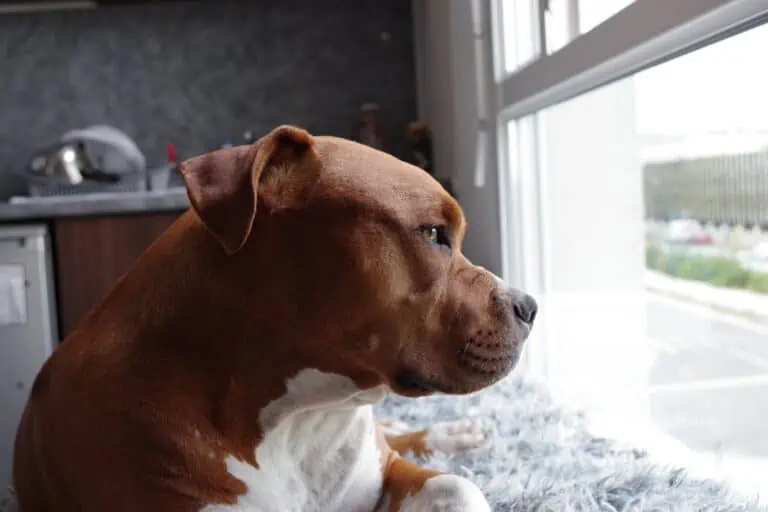

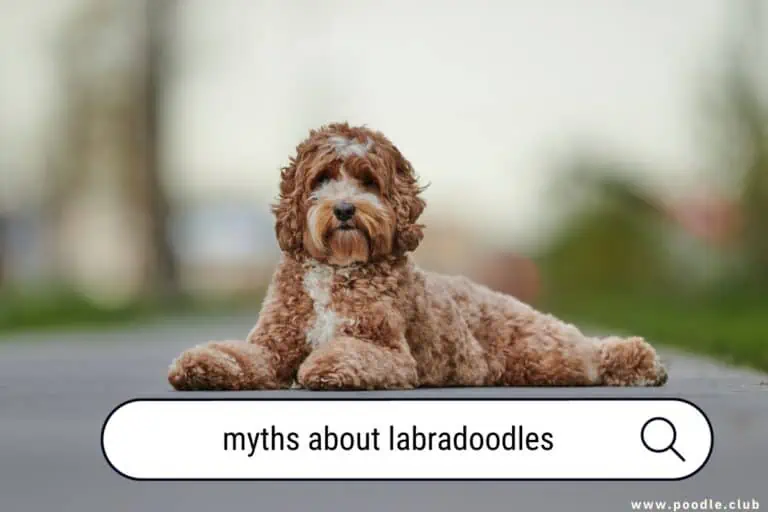
![Toy vs Miniature Poodle [Comparison + Photos]](https://poodle.club/wp-content/uploads/2022/12/toy-vs-mini-poodle-768x512.webp)
